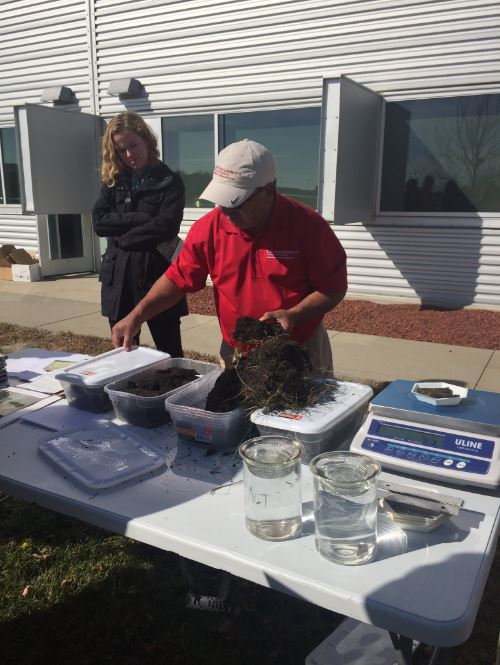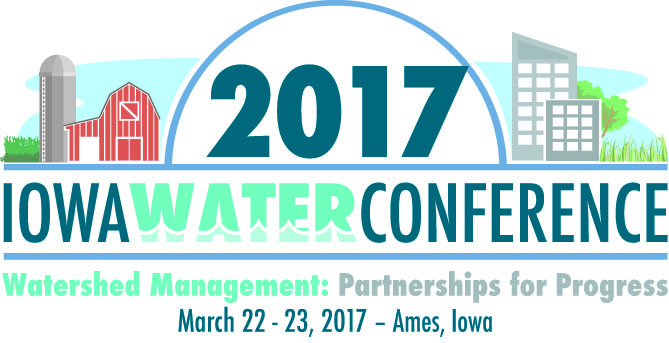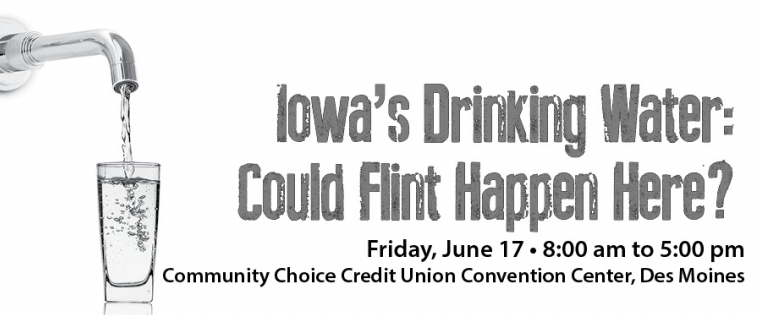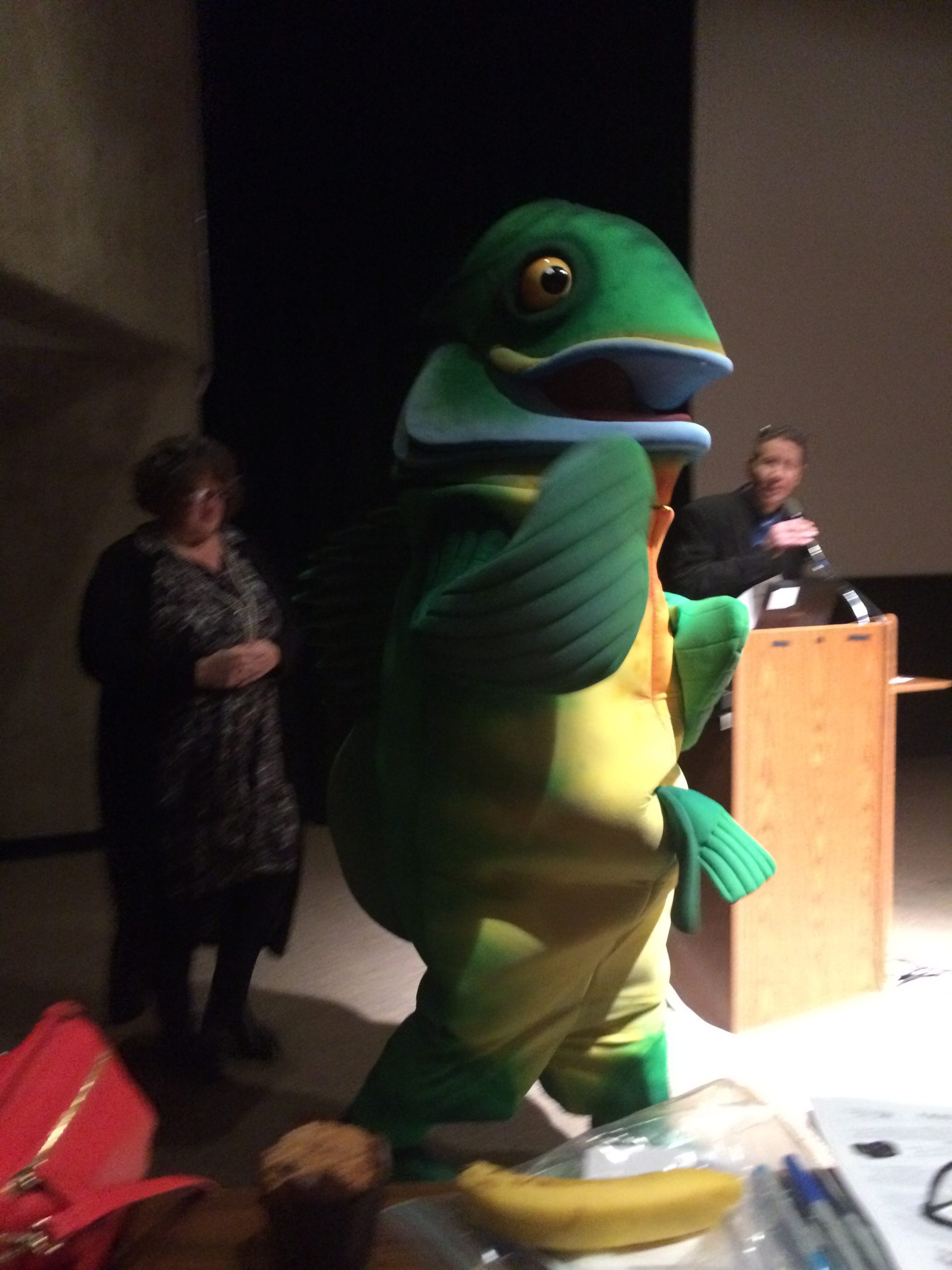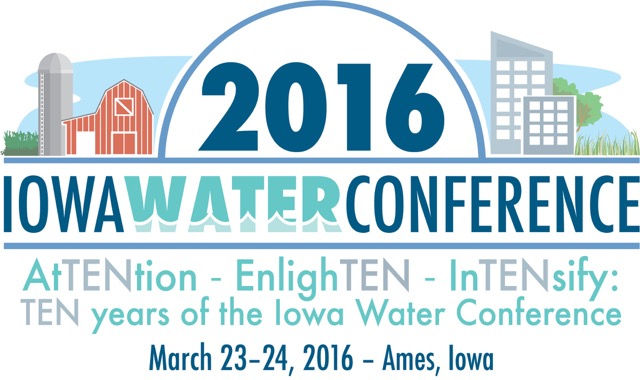… and we have answers!
Written by Melissa Miller, Associate Director of the Iowa Water Center
It’s that time of year again. Everywhere I go, I get questions about the Iowa Water Conference. Here are a few of the recurring questions:
What’s the theme this year?
Watershed Management: Partnerships for Progress
Is the agenda filled up?
You bet – chock full. We’re going to release it as soon as we’ve fine-tuned the last few details.
Can I still submit abstracts?
We do have ONE track that we’ve left unfilled on purpose. The Current Research track will have an open call this January. We plan for this track to have nine 30-minute spots available. Keep an eye open for that call – it won’t last very long, as we’ve had a lot of interest! If you don’t get selected, we certainly encourage you to submit a poster.
And my favorite question to answer: What’s new for 2017?
Last year is going to be hard to top, but we’re trying. The conference committee carefully considers your comments and evaluations each year and makes little tweaks here and there. Some highlights from 2017 to look forward to:
-The addition of the Iowa Chapter of the American Fisheries Society to the conference. We have several fisheries related talks that will appear in the main conference program, as well as a special track that will serve as their regular spring conference.
-Bringing back the evening reception. We will host a networking social hour on Wednesday evening in Scheman featuring an exhibit titled, “River Stories: Views from a Watershed.” This is a photo exhibit detailing stories created by women farmland owners in the Raccoon and Des Moines River valleys.
-A time for panel presentations. To cap off the first day breakout sessions, we will have a full hour for four concurrent panel presentations to encourage discussion and collaborative thinking.
-Optional workshop: Prairie STRIPS. The STRIPS team is working on developing a two-hour workshop on implementing this beautiful and effective water management practice.
–Spirit of the Water Essay Contest. With thanks to a generous donor, the Iowa Water Center is holding a writing contest for students in the state of Iowa in high school, college, or graduate school. Entries are being accepted through February 1; visit our website for more details.
This is all in addition to the perennial block of excellent plenaries, breakouts, award presentations, photo contest, networking, Scheman sticky buns, posters, exhibitors, and more! Look for the full agenda to be released next week and registration to open in January (we’ll announce the date on social media and email our subscribers).
